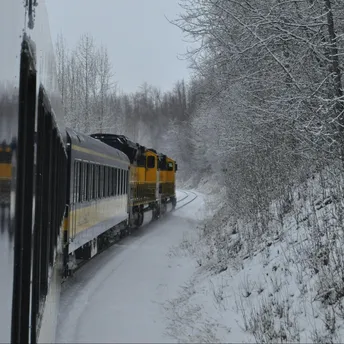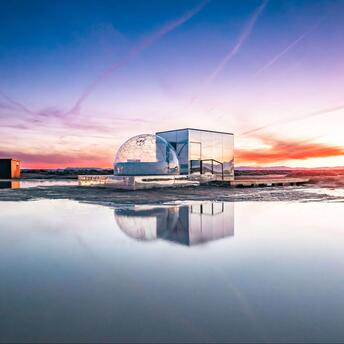Cities of giants, salt flats, and stone forests: top 5 natural geological wonders of the world
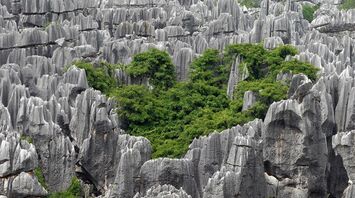
And there are places on our planet that seem to have been created for filming movies. When you see them for the first time, you can't believe that they are real.
A hot multi-colored spring, frozen lava that has turned into a skeleton, and pockets in the earth's crust are some of the most amazing geological wonders from around the world. We invite you to learn more about these wonders of nature," writes the BBC.
Cenotes - Yucatan Peninsula, Mexico

A cenote is a form of karst relief in the form of a sinkhole. It is formed by the dissolution of limestone caves through which groundwater flows. Cenotes are a hallmark of the Mexican Yucatan Peninsula, where they were formed from natural porous limestone. Over time, rainwater seeped through the stone, dissolving it and creating large underground caves. These caves were then flooded by rainwater and seawater until the sea level dropped, leaving the caves empty. Mineral deposits formed in these moist caves, giving rise to stalagmites and stalactites.
As sea levels rose again, the caves were once more flooded, further eroding them. Eventually, the cave ceilings collapsed, leaving behind the large cenotes we see today.
Although we now understand their formation, in ancient Maya times, these immense sinkholes were understandably very mysterious. They were believed to be entrances to the underworld.
Fumaroles - Yellowstone National Park, Wyoming, USA
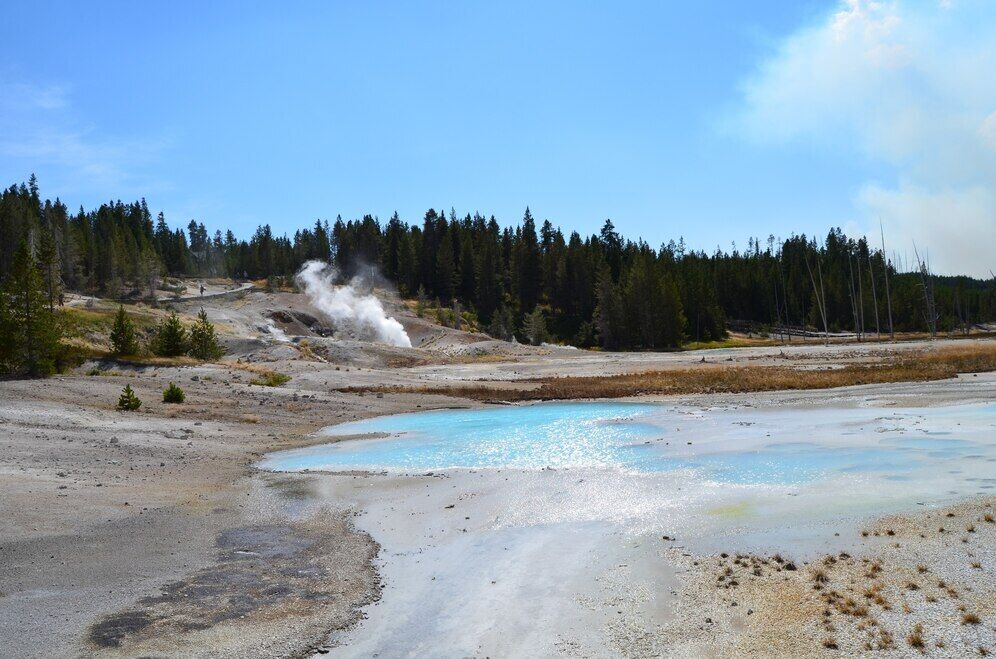
Fumaroles (pronounced fyoo-muh-rohls) are openings in the Earth's crust that emit steam and volcanic gases. They are pockets formed in the Earth's crust through which steam and volcanic gases are released. Magma located near the Earth's surface heats groundwater, creating steam, and the chemicals carbon dioxide, sulfur dioxide, and hydrogen sulfide are typically released directly from the magma.
Fumaroles can sometimes transform into hot springs if the water ascends to the surface. One place in the world that boasts numerous fumaroles and hot springs is Yellowstone National Park in the United States. It is renowned for the Great Prismatic Hot Spring, which ranks as the third largest in the world. Known for its breathtaking colors (resulting from chemicals released from magma), it draws tourists from all corners of the globe. However, if you plan to visit, exercise extreme caution as it is situated atop an active volcano.
Giant's Causeway - County Antrim, Northern Ireland
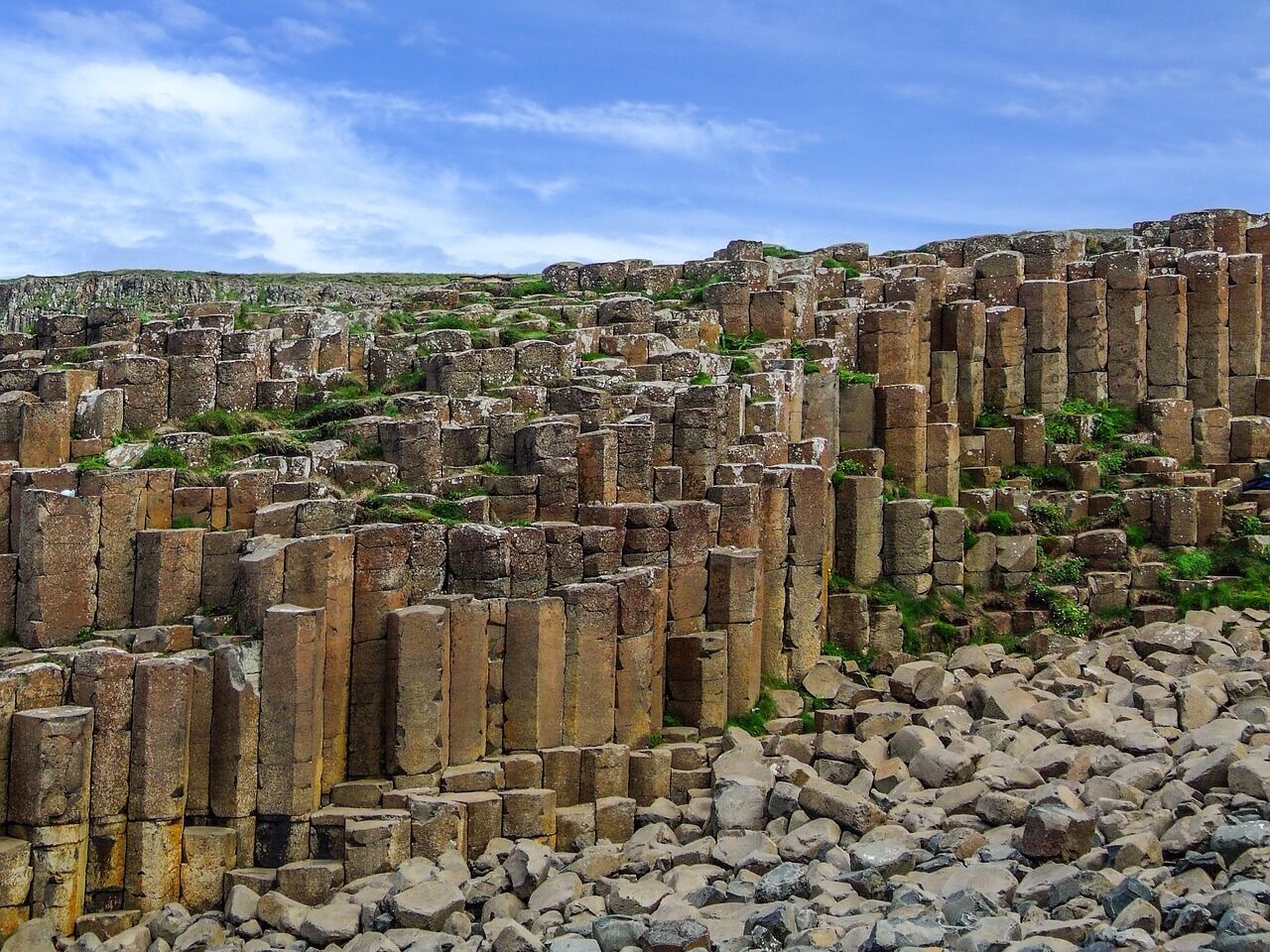
These rocks have a legendary story associated with them. The official account suggests that the approximately 40,000 black basalt columns in the Northern Ireland National Trust are the result of volcanic activity, as lava sliding down the coast cooled upon contact with the sea millions of years ago.
However, according to legend, the local coast was guarded by the giant Finn McCool (also known as Fionn Mac Cumhaill). When threatened by another giant named Benandonner from across the sea, Finn retaliated by hurling basalt stones into the sea to create steps and journeyed to Scotland to confront Benandonner.
Unfortunately, Finn soon realized that Ben was much, much larger than him. So, upon seeing the enemy giant towering over him, Finn fled home, with Ben in hot pursuit. Understandably anxious, Finn's wife, Oona, devised a plan. Upon Ben's arrival, she presented him with their supposedly gigantic baby. Terrified at the prospect of facing a father of such magnitude, Ben promptly turned on his heels and fled back home to Scotland. As he fled, he demolished as much of the bridge as possible, leaving only the columns visible today. If only Ben had known that the baby was merely Finn in disguise!
Uyuni Salt Flats - Uyuni, Bolivia
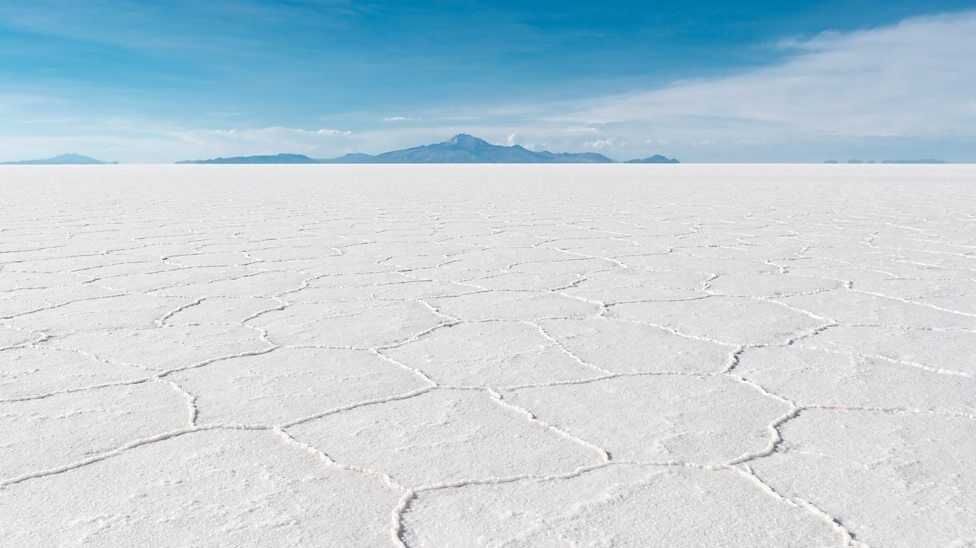
This vast white expanse can be found in the region where the Andes mountain range reaches its widest point, known as the Altiplano. Sitting at an elevation of 11,995 feet (3,656 meters) above sea level, it spans over 10,000 square kilometers. While there are other sizable salt flats in the world, such as those in Utah, USA, Bolivia's Salar de Uyuni is the largest on Earth.
During calm weather, a thin layer of water atop the expansive white salt creates a massive mirror, reflecting the sky above.
Salt flats form when extensive bodies of water evaporate rapidly. If the reservoirs dry up faster than they can be replenished by rainfall, the remaining salt and other minerals coalesce into solid layers. And voila – the perfect spot to enhance the flavor of your chip, tea (in moderation)!
Stone Forest - Kunming, China

Stone forests can be found in various locations worldwide, including Bulgaria, Madagascar, and Malaysia, but perhaps the most renowned is in Kunming, China. These clusters of imposing, razor-sharp monoliths resemble something from a science fiction novel, yet scientists at New York University have discovered that they form in a rather straightforward manner. How so? With the assistance of candy rocks – confections commonly found along shorelines!
Stone forests take shape when rocks submerge underwater and emerge when the water retreats. While the erosion process behind their dramatic formations was not entirely clear, one group of scientists decided to investigate further by submerging cylindrical rock samples in a water tank. Over time, they observed a transformation from a rounded shape to sharp, pointed edges.
This phenomenon occurred because the sugar initially dissolved, making the surrounding water denser, causing it to sink rapidly to the bottom and subsequently erode the candy. A similar process accounts for the formation of stone forests.







